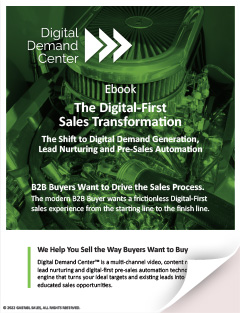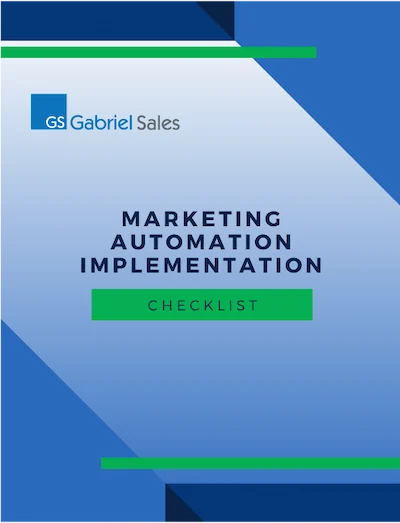 We all know that submitting a contact form, requesting a demo or consultation/review is a clear interaction and digital buying sign. However, we believe these to be verbal or explicit. The following, however, are more subtle and implicit buying signals that can be tracked (at the individual level) using marketing automation software:
We all know that submitting a contact form, requesting a demo or consultation/review is a clear interaction and digital buying sign. However, we believe these to be verbal or explicit. The following, however, are more subtle and implicit buying signals that can be tracked (at the individual level) using marketing automation software:
1. Repeat visits to your pricing page is the one of the clearest website interactions that indicates a buying decision.
Learning the price/cost involved is an obvious steppingstone in the sales process, one that has value to qualifying a prospect. Finding out the price up front, you are using it as a pre-qualifier. If someone checks your price and never returns, they’ve disqualified themselves – saving your sales team time. If a prospect checks your pricing page and then views more pages (and/or is a repeat visitor) they positively qualified themselves for next steps.
2. Navigating through a visitor flow that simulates your 3-5 call sales process.
This means content like your pitch video, about us page, features and benefits pages, webcasts, contact page, testimonials and services pages. All of these pages support buying decisions and were once part of the introductory sales pitch. Now that buyers are self-educating, you can map their online interactions to your traditional sales process and starting checking off elements they need to see and understand before moving forward.
3. Returning to your website through natural search.
If it’s a branded search, this shows they remember you enough to naturally look for you again. Checking the pages they view during this return visit can provide even more insight into their buying stage. If an identified prospect returns to your site through non-branded natural search (and the keyword is unavailable as much of it is today), it still shows a buying signal as they are in an active state of research (multiple visits). Again, deep dive into the specific pages from this return visit to better understand where they are.
4. Viewing your company’s executives social media profiles (especially LinkedIn).
At this point, prospects are usually asking “is this person qualified, and do I want to work with them?” This is different than viewing or following your company profile, where that may only be someone wanting to continue to be educated on the space (or they are your competitor and are mining your content).
5. An email has been opened and clicked numerous (6 or more times) indicating that an item has been shared and viewed internally.
Related to this, watch for multiple hits to same piece of content over multiple days by the same prospect. Since buying decisions require multiple opinions now, this is a positive sign that the parties that need to be involved in the sale are becoming involved.
6. Downloading case studies, especially ones where the case study is in a comparable vertical.
Viewing these case studies not only provides social proof, but also indicates the prospect wanting a deeper analysis and understanding to see that what you provide (products/services) can work for them, too.
7. Re-watching videos or specific sections of videos.
Analyzing video heat maps show when videos or sections of videos have been re-watched. To best understand this buying signal, you’ll often need to look a little deeper at the section they are re-watching to be sure that the part that was reviewed is your value prop/business case/sales pitch/specific product feature and not industry education/general info.
If you are in sales or marketing, you know by now that the buying process has changed. Prospects are self-educating online and engaging in sales once they’ve “bought” what you offer. Using marketing automation software, you can more accurately assess a prospect’s stage in the buying process through non-verbal, digital interactions with your content (“content” being a very broad categorization of emails, webpages, social profiles, etc.).
For more on how a marketing automation platform can help sales, click here. Feel free to contact us with any questions.




